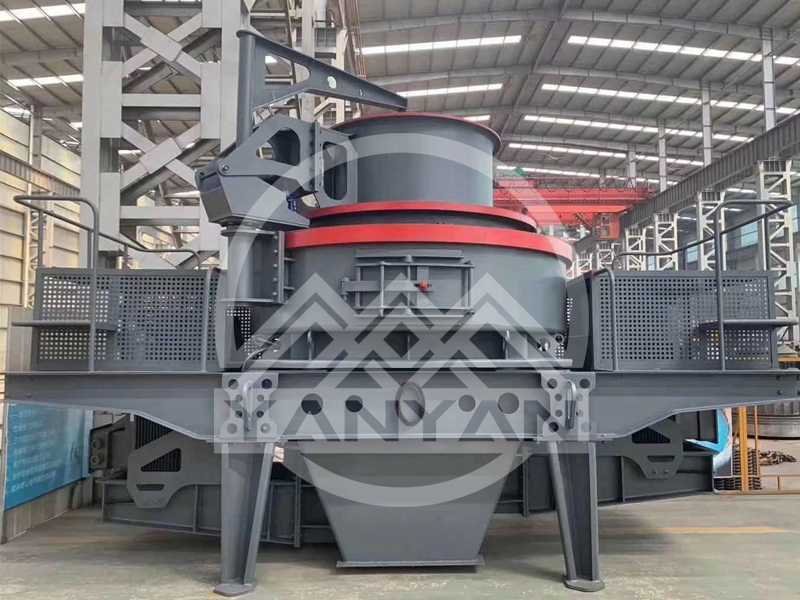Sand making equipment plays a crucial role in the production of artificial sand. However, sometimes the discharge process may become slow, affecting the overall efficiency of the production line. In this article, we will explore some common reasons for this issue and provide insights on how to address them.
1. Improper Feeding Speed
One of the primary reasons for slow discharge is improper feeding speed. When the feeding speed is too fast, it can overload the equipment, causing the materials to pile up and hindering the discharge process. On the other hand, if the feeding speed is too slow, it may not utilize the equipment's capacity fully, leading to inefficient production.
To resolve this issue, it is essential to maintain a balanced feeding speed that matches the equipment's processing capacity. Operators should monitor the feeding rate and adjust it according to the equipment's performance specifications. Additionally, using automated feeding systems can help maintain a consistent and optimal feeding speed.
2. Incorrect Discharge Opening Size
The size of the discharge opening significantly impacts the discharge speed. If the discharge opening is too small, it can cause materials to accumulate, resulting in a slow discharge. Conversely, if the discharge opening is too large, it may not produce the desired particle size, affecting the quality of the final product.
Operators should regularly inspect and adjust the discharge opening to ensure it is set according to the equipment's requirements and the desired product specifications. Proper calibration of the discharge opening can enhance both the efficiency and quality of the sand production process.

3. High Moisture Content or Viscosity of Raw Materials
Raw materials with high moisture content or viscosity tend to stick together, forming lumps that can block the discharge opening. This not only slows down the discharge but can also damage the equipment over time.
To prevent this, it is advisable to dry the raw materials before processing or use dewatering equipment to reduce their moisture content. Additionally, selecting materials with appropriate moisture levels and viscosity can help maintain a smooth discharge process.
4. Wear and Tear of Internal Components
Over time, the internal components of sand making equipment, such as the impeller, rotor, and lining plates, undergo wear and tear. When these components become worn out, they may not function efficiently, leading to a slower discharge.
Regular maintenance and timely replacement of worn-out parts are essential to keep the equipment in optimal working condition. Operators should conduct routine inspections to identify any signs of wear and take appropriate corrective actions.
5. Blockage in the Crushing Chamber
Blockages in the crushing chamber can severely impede the discharge process. This may occur due to oversized materials entering the chamber, foreign objects getting mixed with the raw materials, or improper operation.
To address this issue, operators should ensure that only appropriately sized materials are fed into the equipment. Installing screening devices before the crushing process can help remove oversized materials and foreign objects. Additionally, proper training for operators can minimize the risk of blockages caused by human error.
Conclusion
Understanding the common reasons for slow discharge of sand making equipment is the first step toward resolving this issue. By maintaining proper feeding speed, adjusting the discharge opening size, controlling the moisture and viscosity of raw materials, conducting regular maintenance, and preventing blockages, operators can significantly improve the efficiency and performance of their sand making equipment. Remember that consistent monitoring and timely adjustments are key to ensuring smooth and productive operations in your sand production line.